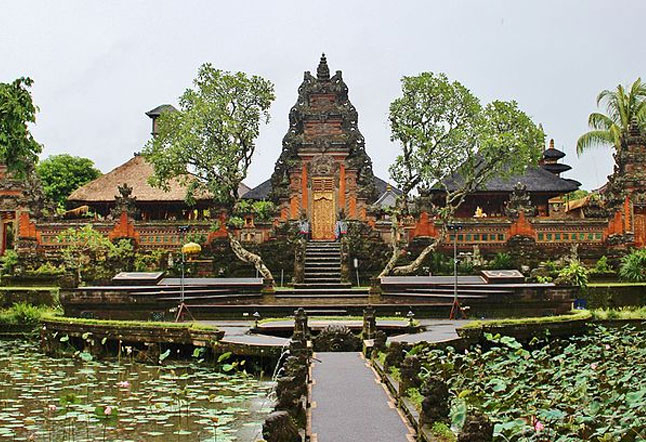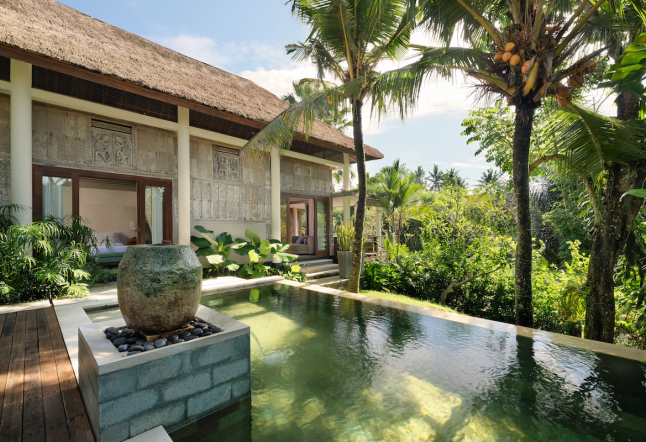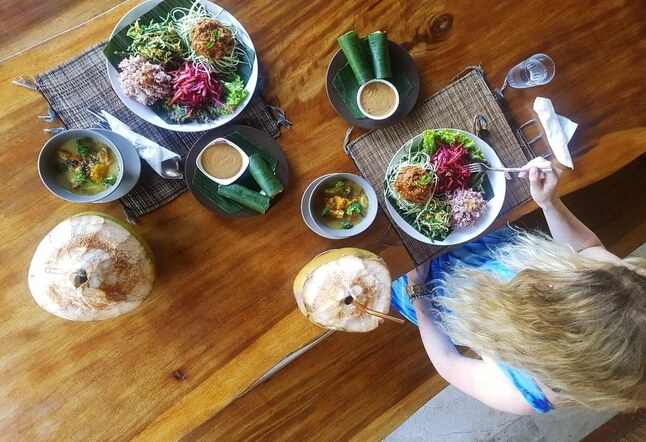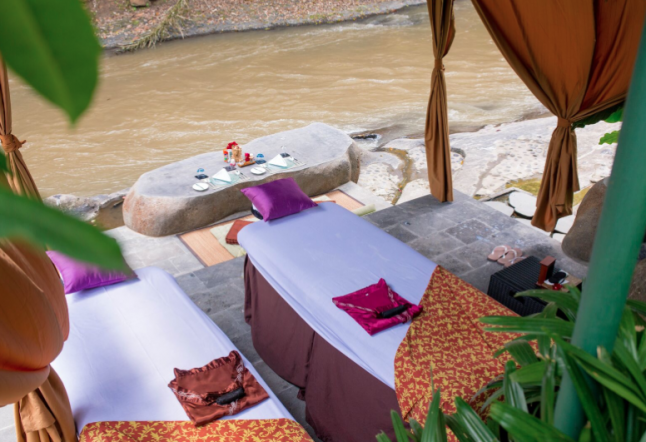Green School Bali: Where bamboo breathes and education evolves

Tucked deep in Bali’s lush heartland, Green School is not just a school—it’s a challenge to everything we thought education had to be.
Instead of concrete walls, there’s bamboo architecture. Instead of bells and rigid schedules, there are rice paddies, edible gardens, compost toilets, and barefoot kids laughing under the sun. There’s learning, but more importantly, there’s living—and that changes everything.
The Facebook scroll that changed our lives
It started, as many things do these days, with a random scroll. One regular workday in May 2011, I came across a video by Sir Ken Robinson. His words hit hard:
“Education systems were designed for a past reality. What we need isn’t evolution—it’s revolution.”
He talked about creativity, about individuality, about how we’re crushing both with outdated models. I looked over at my son Tiago, five years old, glued to a computer screen. His crayons were dusty. His imagination, fading. The free, public school in Portugal was “fine,” but… something essential was being lost.
And then another video auto-played—this one about an experimental school in Bali. Green School.
I clicked. I watched. I clicked again. Two hours later, I was obsessed. The bamboo buildings. The muddy hands. The joy. I sent the link to my wife. We stared at each other and said: “Let’s go.”
From Porto to Bali, two months later
We emailed. They had space. My wife packed. Tiago hugged his computer goodbye. And two months later, I was navigating Bali’s narrow village roads, the scent of clove cigarettes in the air, rice paddies glowing green on either side. We crossed a bamboo bridge, barefoot, and entered the Green School grounds. It was quiet—school was on break—but Tiago’s eyes sparkled. We decided to stay.
A welcome beneath the bamboo cathedral
On August 18, 2011, the school year began. 272 students from 50 countries gathered under the school’s central bamboo structure—the Heart of School. Spiraling towers reached into the sky. Gamelan music echoed softly in the background. Parents, teachers, and kids sat together, welcomed by the co-founder, John Hardy.
Born in a tiny Canadian town, John hated school growing up. “The building felt like a prison,” he said. In 1975, he moved to Bali, built a successful jewelry empire, and retired in 2006. Then he saw Al Gore’s An Inconvenient Truth, and everything changed.
“That film ruined my life—in the best way,” John would later say. “I knew I had to fight for my kids’ future.”
Why not bamboo?
John and his wife Cynthia dreamed up a school that would walk the talk. “You can’t teach sustainability on plastic chairs,” he said. So they built with bamboo—strong, fast-growing, local, renewable.
The school grew into a village. Classrooms with no walls. Desks made of reclaimed wood. Windshield glass for whiteboards. Football goals and garden beds made from bamboo poles. Students walk on volcanic stones between classes, surrounded by edible gardens they help plant, harvest, and sometimes sell to their parents.
Not just green on the outside
The school runs on 80% solar power. Compost toilets turn waste into rich soil. Class materials include banana leaves and handwoven baskets. Students sort their leftovers, and nothing goes to waste. Even lunch—served in straw baskets lined with banana leaves—reinforces the lessons of sustainability.
Everything, from the structure to the schedule, reflects one big idea: nature is not separate from us—it is part of how we learn, live, and thrive.
Community is not optional
Parents aren’t just drop-offs here. They’re part of the ecosystem. We could join meetings, volunteer in garden projects, drink coffee from the on-site organic café, or just hang out under the trees and talk about compost. Once a week, the whole school—parents, students, staff—gathers to discuss shared projects: from banning plastic bags in Bali to launching solar initiatives.
I met engineers, musicians, yoga teachers, conservationists. Everyone brought something to the table. It wasn’t always polished. But it felt real.
Culture and connection go hand in hand
Green School doesn’t just drop into Bali—it respects and integrates the culture around it. The Kul Kul Connection program bridges students with local Balinese children. Classes in gamelan, dance, art, and Bahasa Indonesia are part of the core curriculum.
“We’re not here to teach the villagers,” one teacher said. “We’re here to learn from them.”
How we thought we’d stay six months… and stayed four years
We initially planned a short experiment. Six months, maybe less. But something kept us there. It wasn’t just the curriculum. It was the feeling. A feeling that my son was being raised to care. To create. To question.
Green School didn’t just change him—it changed us. I watched Tiago run barefoot through rice fields, build bamboo sculptures, and ask the kinds of questions you wish adults still asked.
He learned coding, yes. But also how to make compost tea. He studied world religions. He learned to bless the land before planting. He cried when the rice he’d helped plant turned gold and was ready to harvest.
“Papa,” he whispered, “do you remember the baby rice I planted? It’s all grown up now. Come see!”
A better world is not theoretical here
By 2014, Green School had 410 students, 50 international teachers, and global attention. Vandana Shiva visited. Ban Ki-moon toured the bamboo cathedral and called it “a school making a real difference for the planet.”
The school’s methods evolve constantly, but the foundation remains: the Big Four—physical, emotional, intellectual, and kinesthetic growth. Classes blend math, science, art, and “Green Studies.” But they don’t always happen in classrooms.
In drama, students perform Shakespeare under the trees. In science, they build irrigation systems. In art, they create installations with recycled plastics. In Green Studies, Tiago blesses the soil before helping local farmers plant rice.
Learning by doing, thinking by feeling
If there’s one thing Green School teaches, it’s that how we learn matters more than what we memorize. There are no rows of desks. No standardized exams. Just deep dives into real-world challenges, taught through doing.
And the best part? My son still loves his iPad. He’s still a digital native. But now, he’s also a nature native.
A teleporter to the future?
Sometimes, when I mention returning to Portugal, Tiago’s eyes well up. He stares at the rice fields and whispers:
“Father… can I keep going to Green School by teleporter?”
If only.
For more info on Bali’s best spots for the modern yogi STAY | SPA | PLAY | EAT | SHOP | YOGA – Download our ULTIMATE BALI GUIDE for free.




